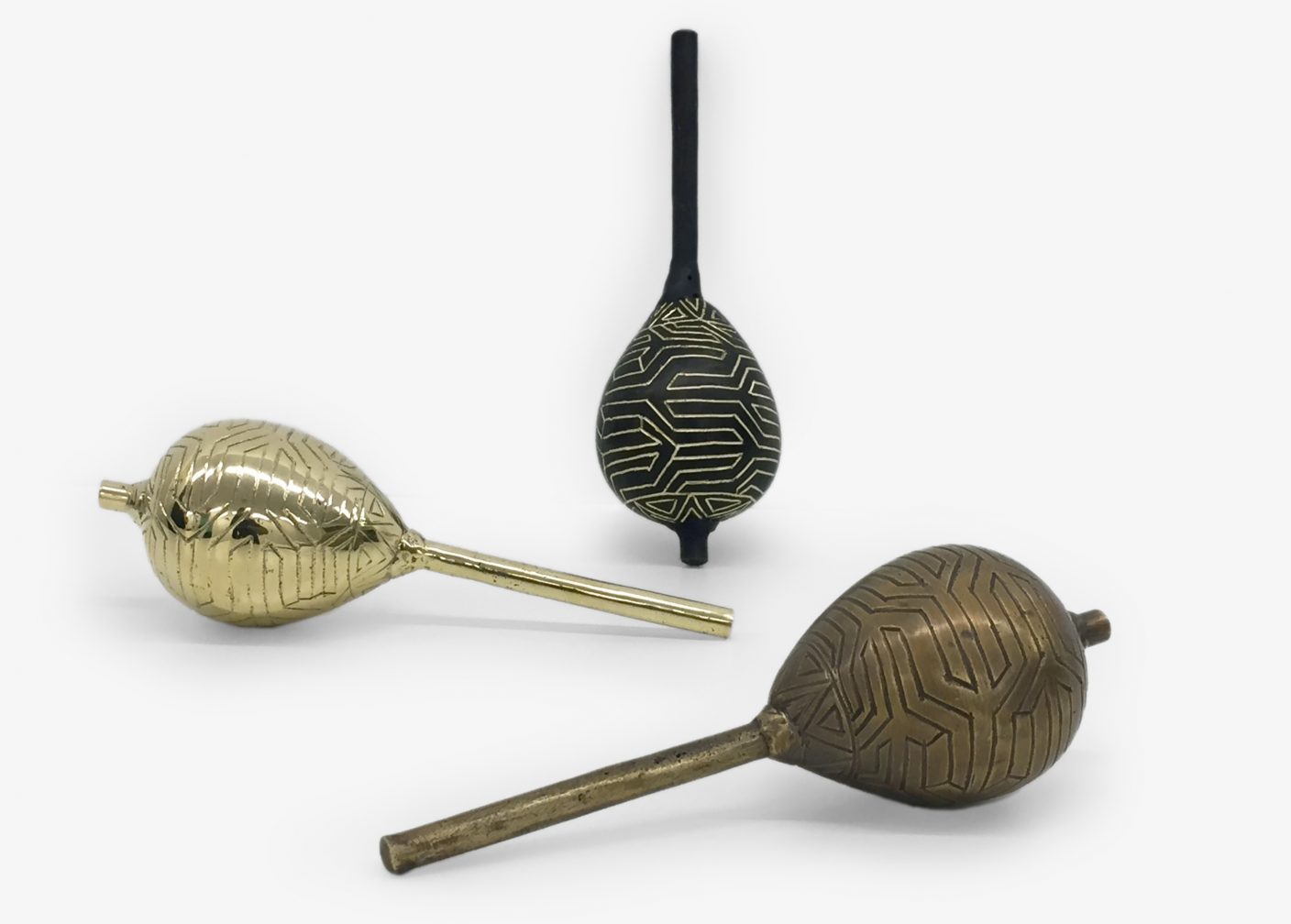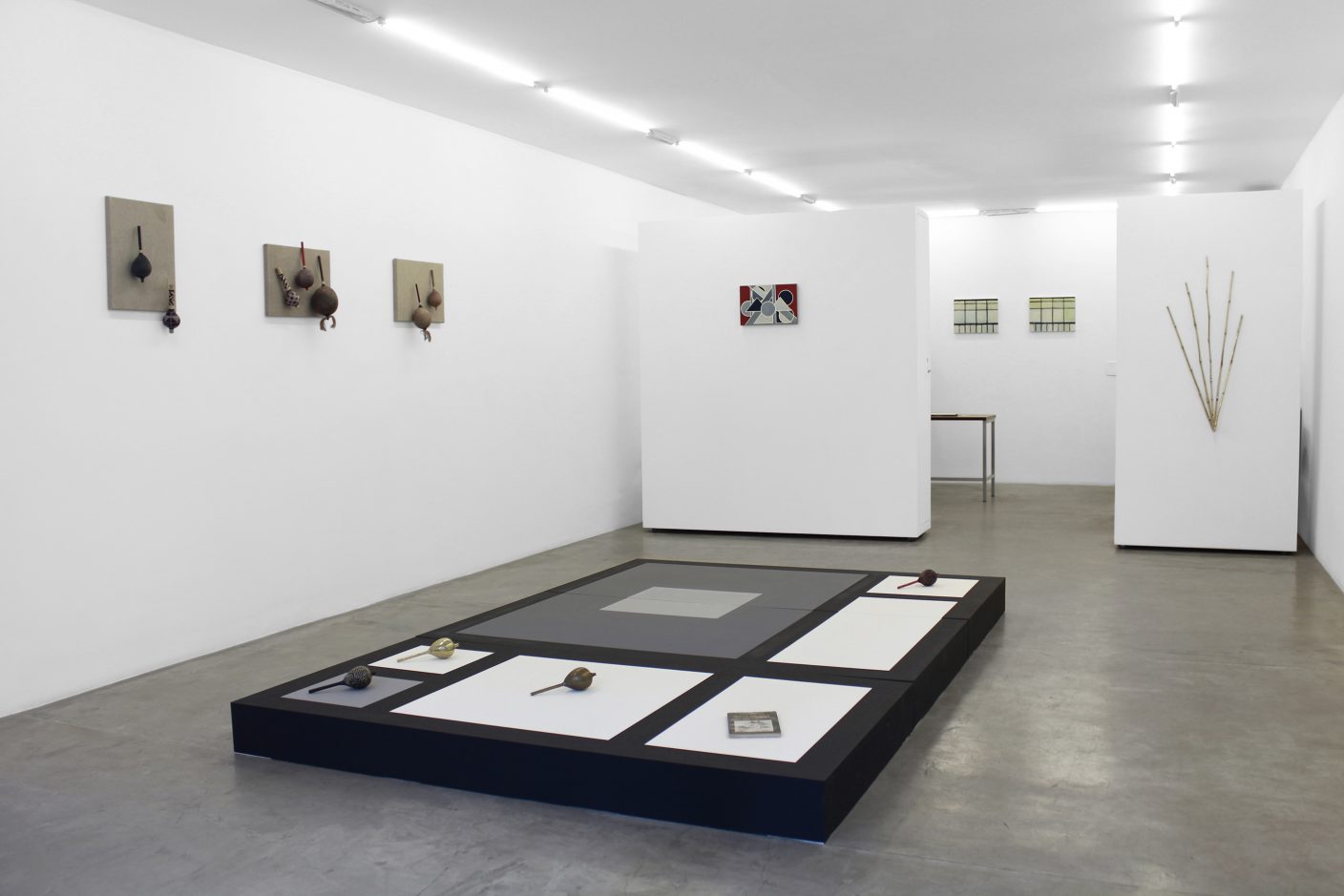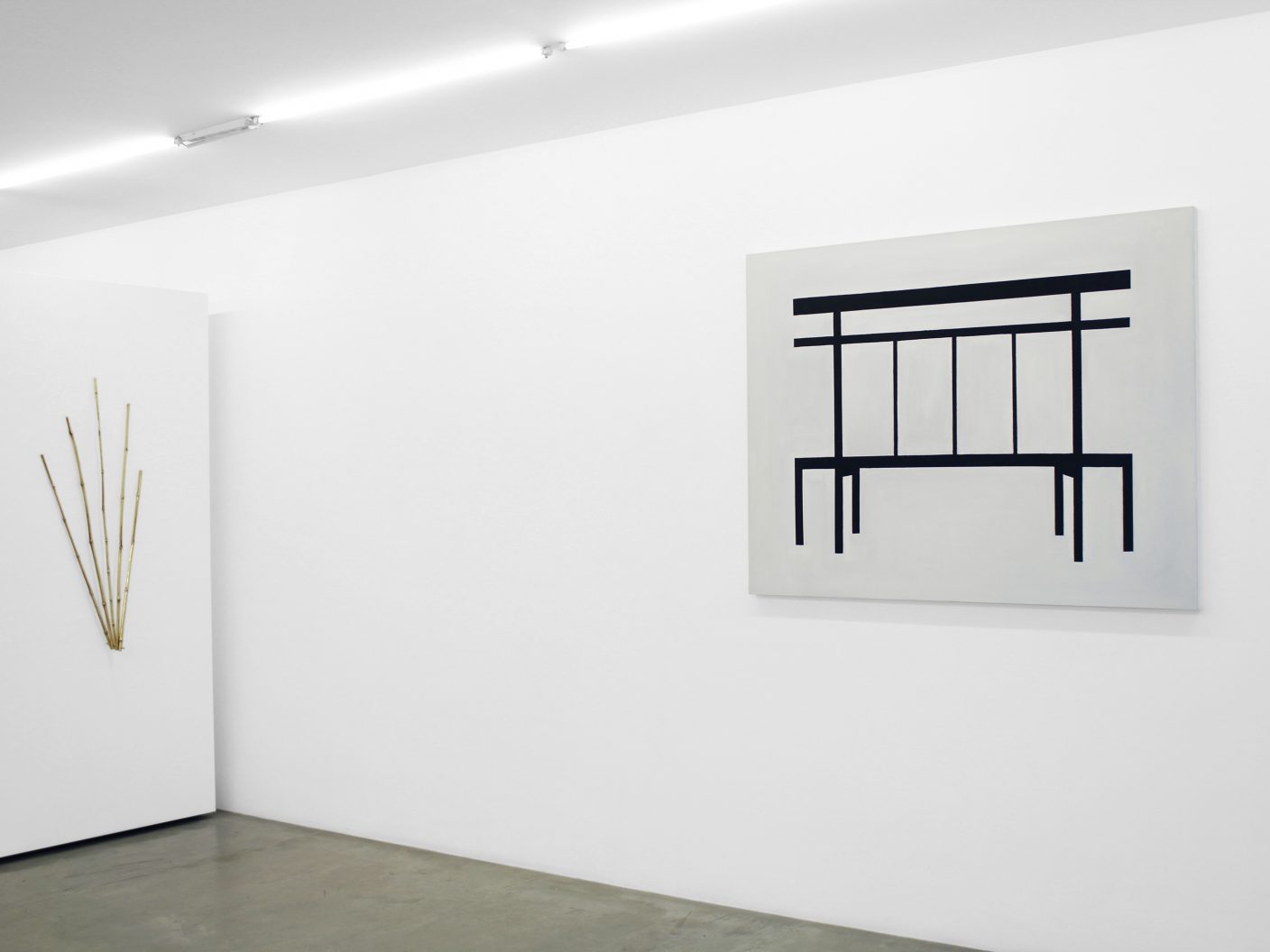While you read this text …
While I write this text, I drink a Stone Breaker tea. This is a medicinal plant which grows mainly in the rainy season and in all type of soil. It is common to appear in the crevices of sidewalks, vacant lands, backyards and gardens and it is present in all Brazilian states. It can be bought at health food stores, drugstores or markets, but in my case, it was not me who went after it. It was it that came after me, sprouting in in the middle of the garden I have cultivated at home. It appeared and I decided to let her grow up and then think about whether it would be part of my garden or not.
Some of my plants I chose and bought myself. Others I planted the seeds or small seedlings and followed the growth. There are also those that were gifts from friends, or from almost unknown people. Dona Marlene, the owner of the house where I stayed in Alto Paraíso last year, was one of them. She would not let me leave without several small seedlings. Many of them I do not even know the name of. I learned to take care of them by observing how they reacted to water, light and the space. Plants that were from her mother, Maria, later became her and today are mine too. When they arrived at my house, they did not seem to like it very much at first. It was months before the seedlings would blossom. At various times I thought that they had died and I thought of cleaning those pots, planting new seedlings. One day, suddenly, almost at the same time, they blossomed. They blossomed just link a story I had been living for months bloomed after various moments I also thought that had ended and thought of leave it behind to make way for new paths. Now all are strong and growing: plants and stories.
This is not just an article about plants. It may not seem like it, but it is also a reflection on the production that Rodrigo Garcia Dutra has been developing. Part of it is now in the exhibition From the Utopia Initiative (Permissions in Cadence) Rodrigo and I were born in the same town. He’s two years younger than me. We studied at the same college at the same time, but we did not know each other there. Or at least we do not remember. We met years later. This time sharing an interest in art. And now, again, when we had some conversations about the works that he would show at this exhibition. In his production, Rodrigo reveals his interest in the way. Much of his work runs down a path to him: a building he has been a neighbor for some time, an object found, a gift he receives. His works begin in his encounter with the world. They are like investigations into the nature of form, its origins and unfoldings, and the various ways in which it moves in time and space. Rodrigo is himself a hybrid, the result of displacement: part Belgian, Portuguese, Negro and Indian. And in his work he deals with displacements of stories, cultures, images, and references.
The centerpiece of the exhibition alludes to a tea room. In Japan, an age-old tradition of serving and drinking tea is also called the Tea Path. Many are the Paths in Japan. At first, the concept of Path would be nothing more than an artistic improvement to be acquired through a dedicated practice performed under a Master’s direction. After a while, the idea of Path as a mere transmission of something established, finished, mature, was put aside. Path would be more the continuum living of something that, despite a story, remains open, growing, developing. In the space of the Gallery Superfície, a tea room is suggested. The wooden planks resemble Japanese tatami mats, organized in close proximity to the Japanese House pictured by Lygia Pape in her “Livro da Arquitetura” [Book of Architecture] (1959–1963). They are activated by a new version of a green tea ceremony designed by the artist. It is also the theme of work, the displacement of space and time: from ancient Japan, through the neoconcrete art of Lygia Pape in Rio de Janeiro from the 1950s to the 1960s, until arriving in São Paulo in 2017.
In the middle of this path there are still other stops in space and time. The traditional Japanese architecture is represented at the exhibition as the Tea Room painting makes reference to the Katsura palace facade. This architecture impressed Walter Gropius, Le Corbusier and other European architects and influenced the most daring solutions proposed by modern architecture. They were interested by the japonese tradition of valuing the intrinsic characteristics of each building material, considering these peculiarities as important factors for architectural design, and appreciating, in particular, the natural form, rejecting any type of artificiality. This influence happened not only at the Bauhaus, but also in Brazil, with Oscar Niemeyer. We can see that in buildings such as the Planalto and Alvorada Palaces in Brasilia, the Copan Building and the São Paulo Biennial building in the Ibirapuera Park. This is also a project of Oscar Niemeyer where we can find a Japanese Pavilion. It occupies an area of 7500m2 on the shores of the lake, and had as a reference for the elaboration of its project the Katsura Palace.
“In Brazil there are loose threads in a field of possibilities: why not exploit them?”.[1] Rodrigo’s works point out how the question that Hélio Oiticica posed in the 1970s continues an interesting image of how Brazil deals with its own history. The objects in the exhibition reverberate this discussion. Made in bronze, they are reproductions of an original Indian maracá — a kind of rattle, which is almost a common denominator among various tribes in North, Central and South America. Originally an object that participates in sacred rituals, its double reproduces its Shape, including the surface engraved with geometric patterns, but is displaced from the original context. It ceases to be a sacred object to be an object of art. The discussion about the displacement of time and space here gains one more element, which is the relation between form and idea, referring to the discussions of Plato.
These are some of the paths that Rodrigo Garcia Dutra and his works travel and propose. These are some of the paths he takes us through, revealing other glances and other possible encounters. Some of them never imagined, some forgotten or erased. Other possibilities of reading history (including art history) or even building other possible stories. While you read this text, during the opening night of Rodrigo Garcia Dutra’s exhibition, I am crossing the sky, leaving Rio de Janeiro towards Brasilia. I’m going to walk the story, not knowing very well what comes next. Trying to respect the cadence, the rhythm of things and people. We are all exactly where we should be.
Fernanda Lopes
April, 2017
[1] OITICICA, Hélio. Sem referência de origem, 1972. apud FAVARETTO, Celso. A Invenção de Hélio Oiticica. São Paulo: EDUSP, 2000, p. 203.


 Português
Português


